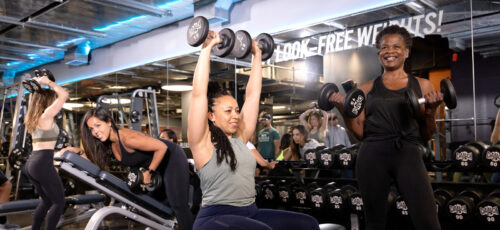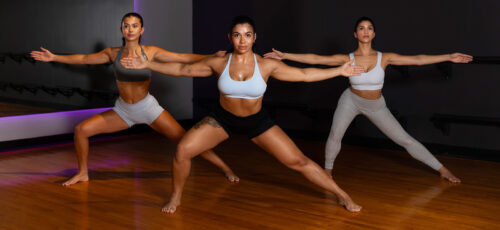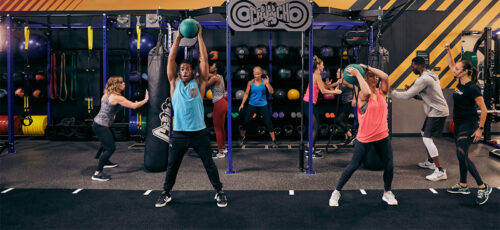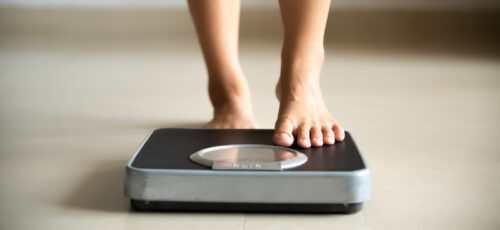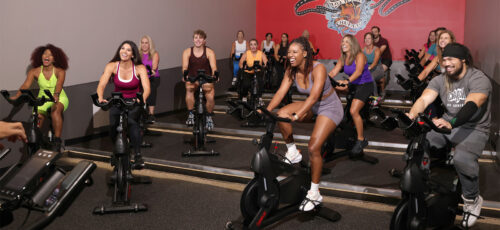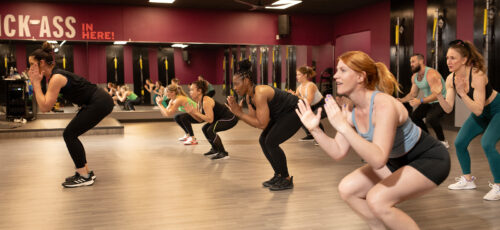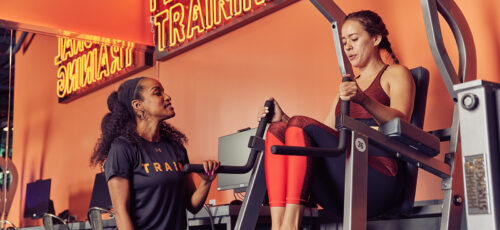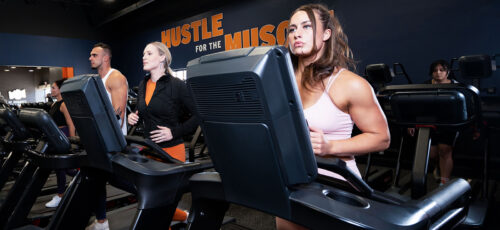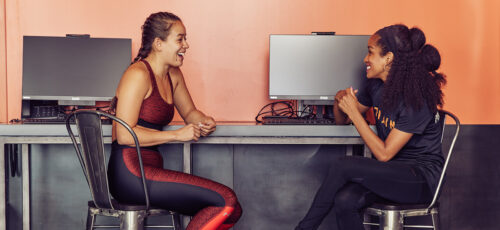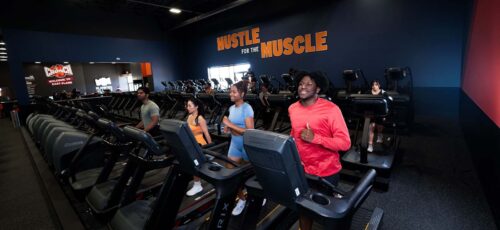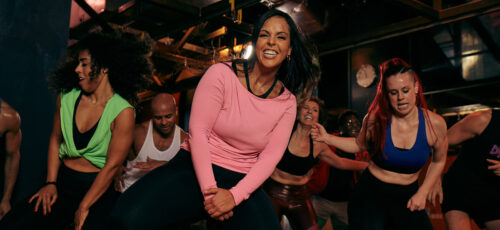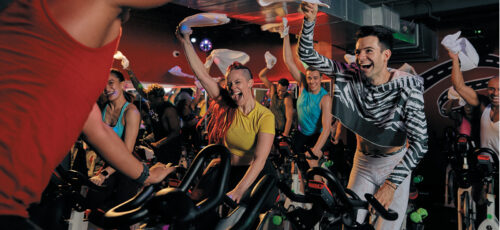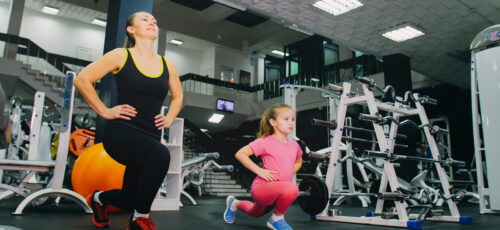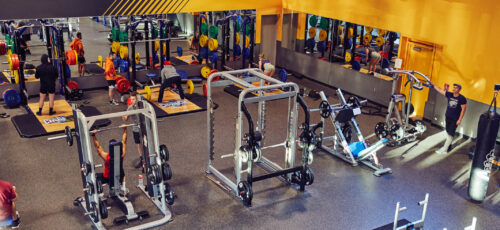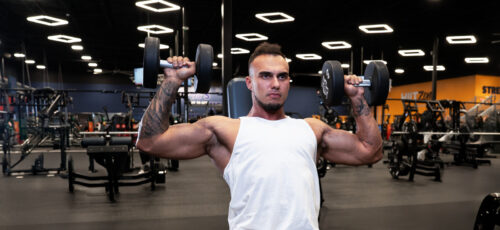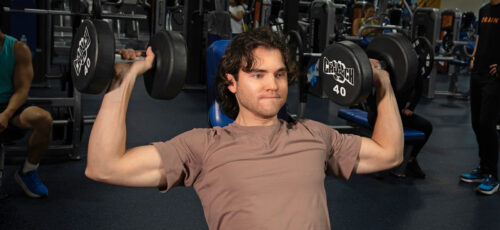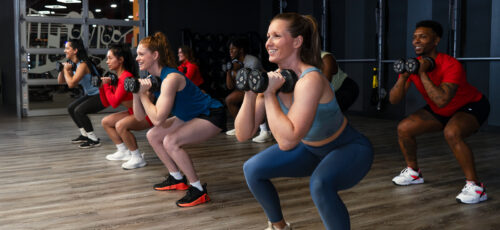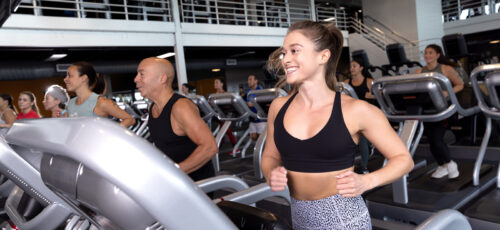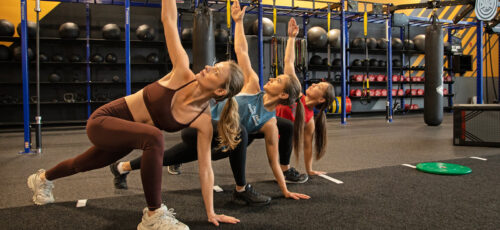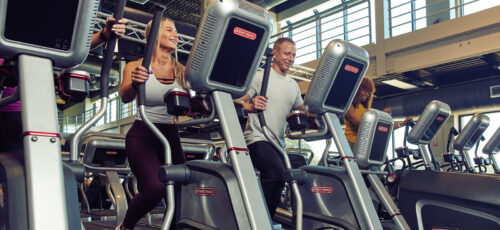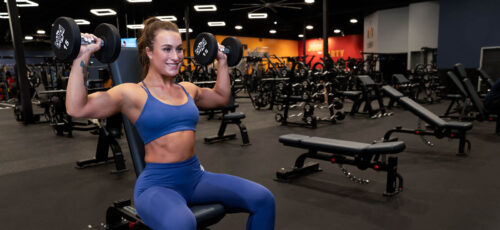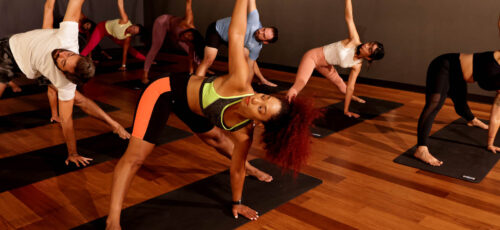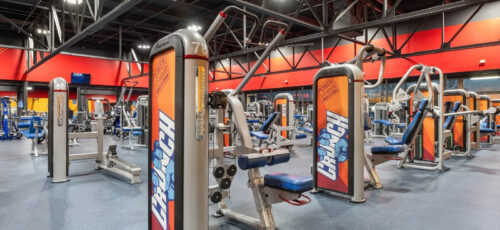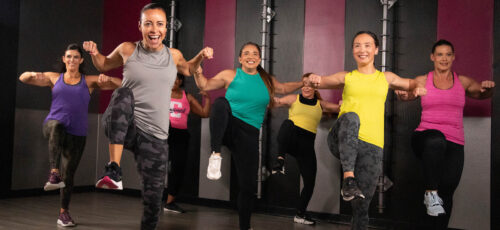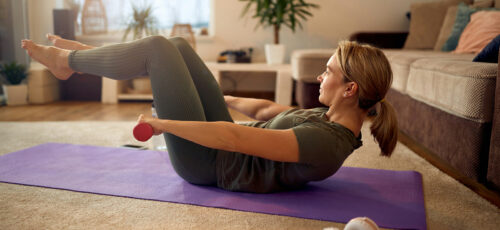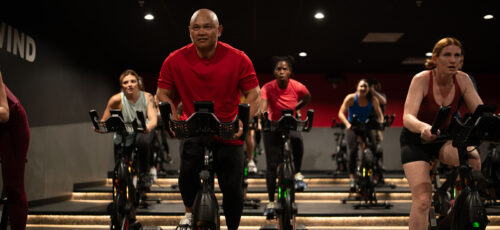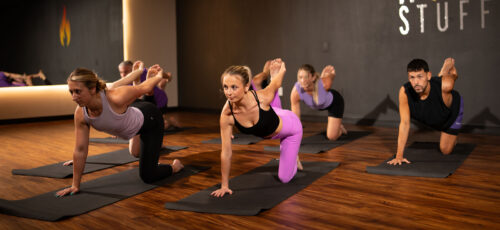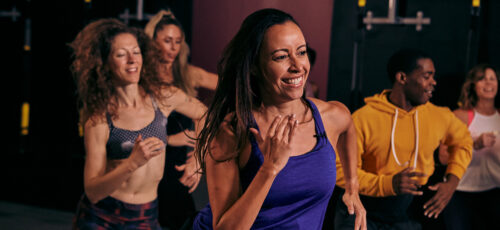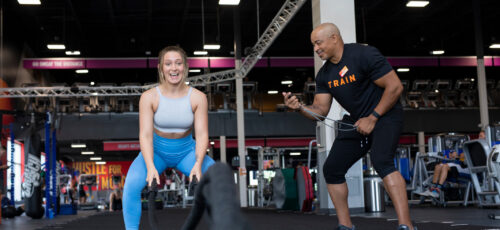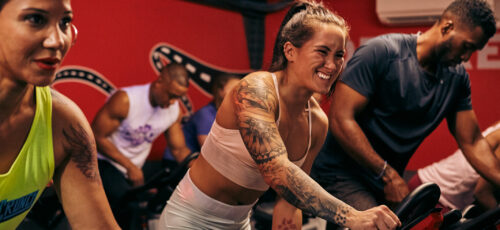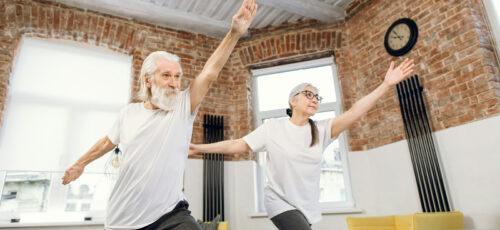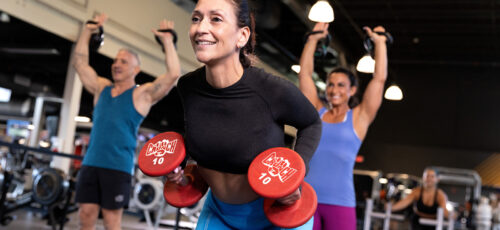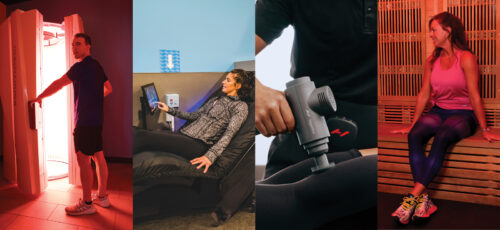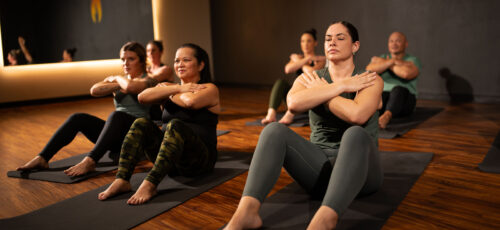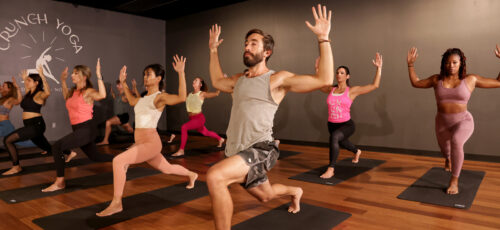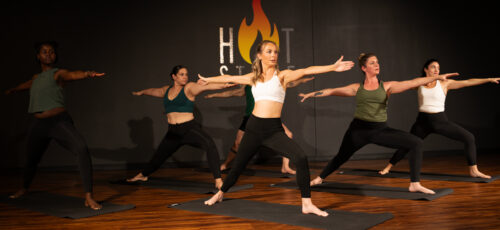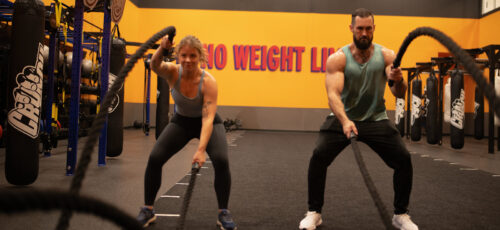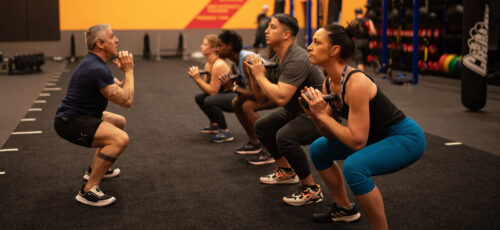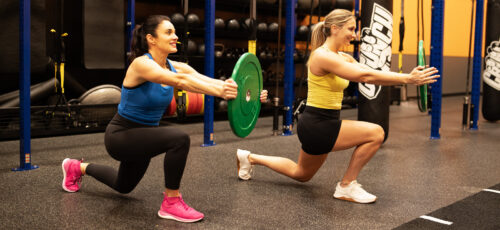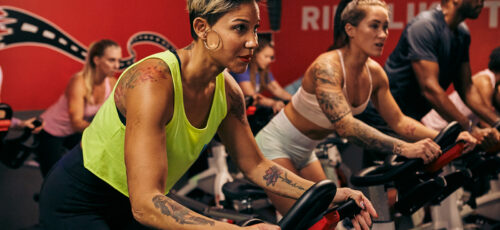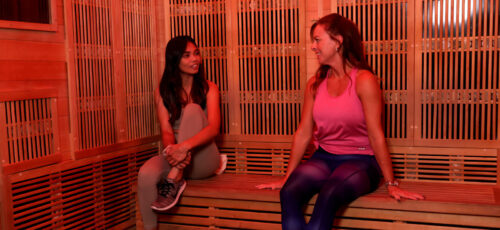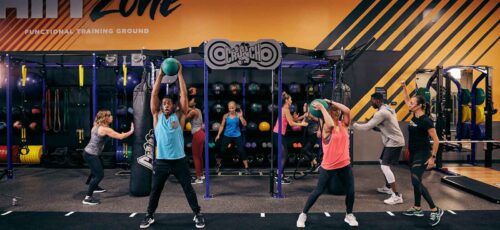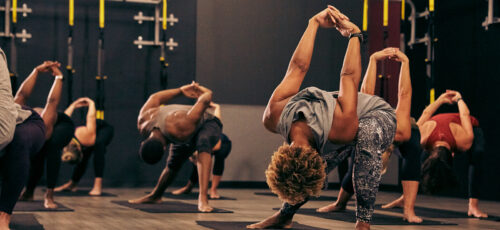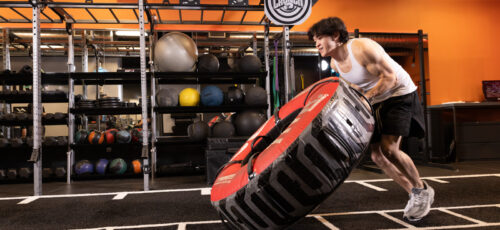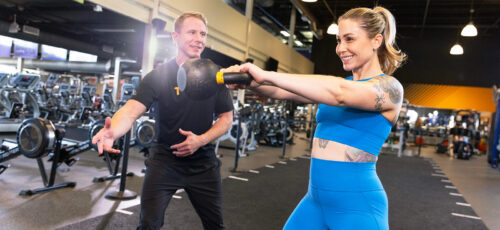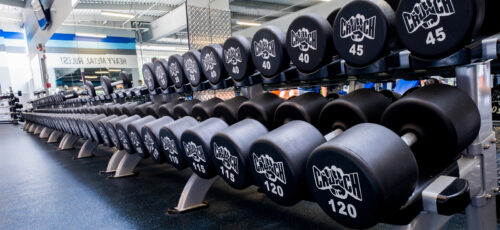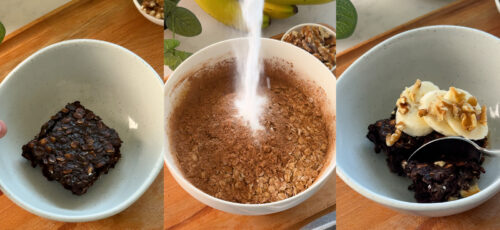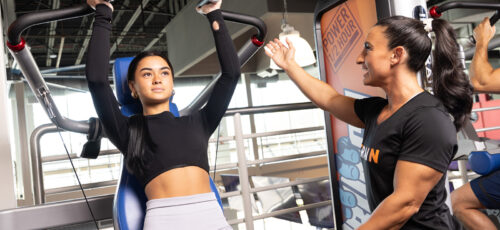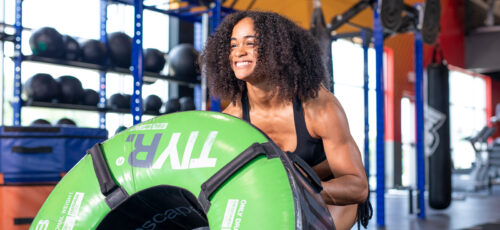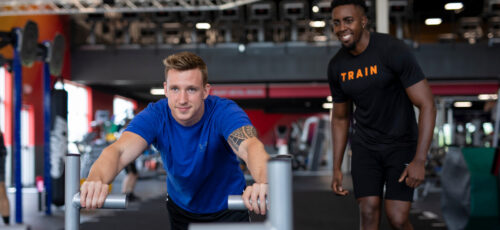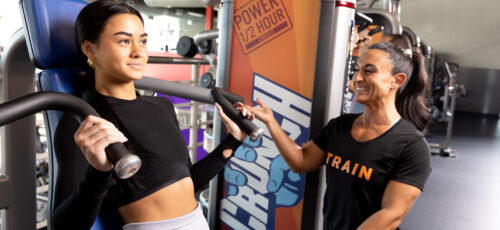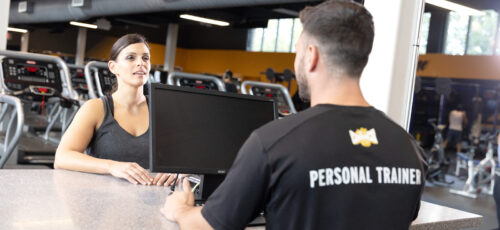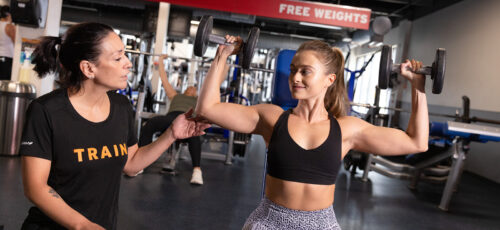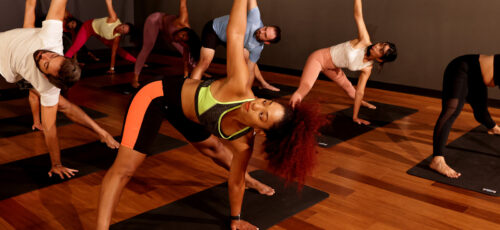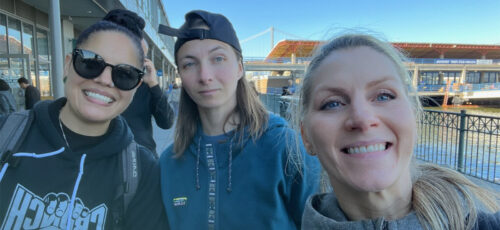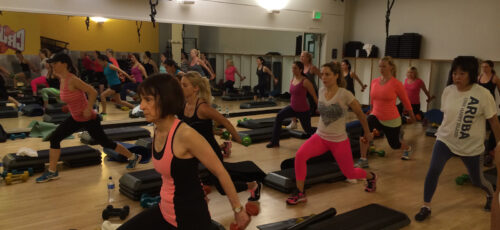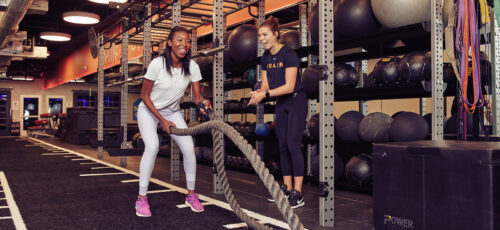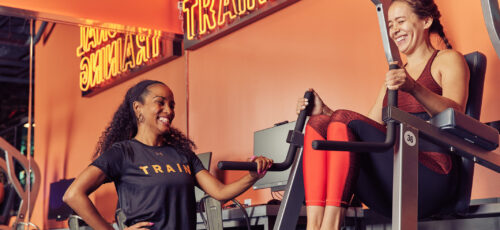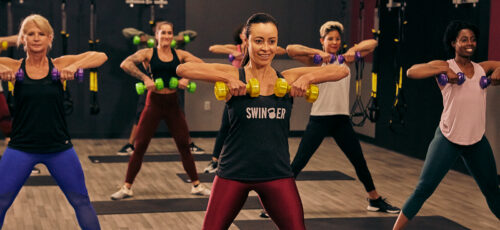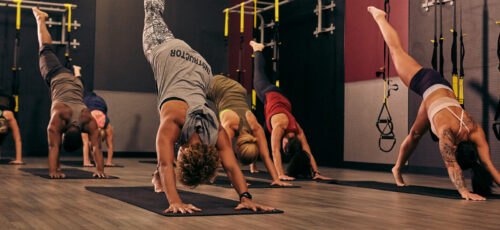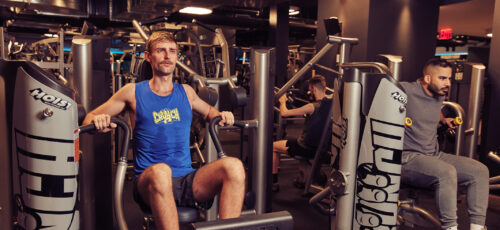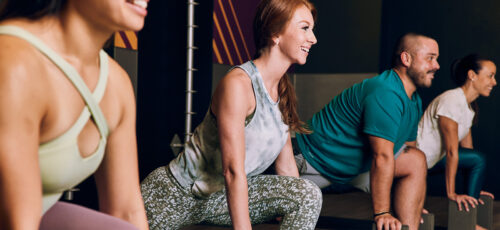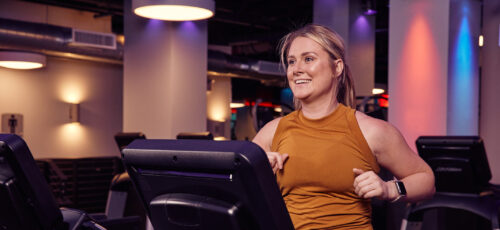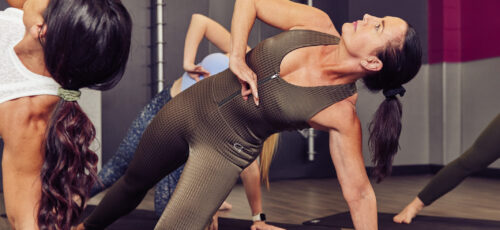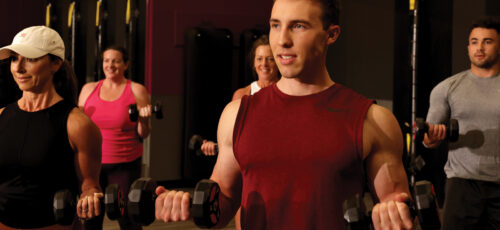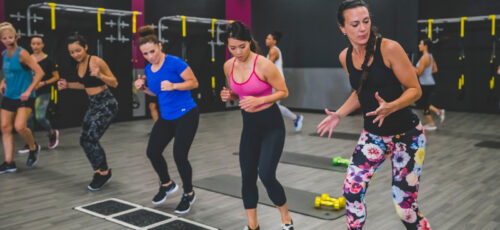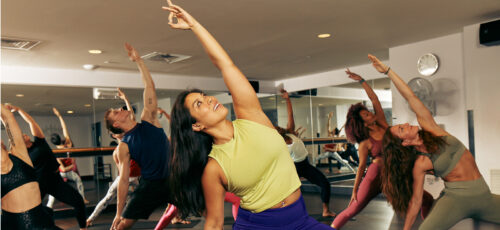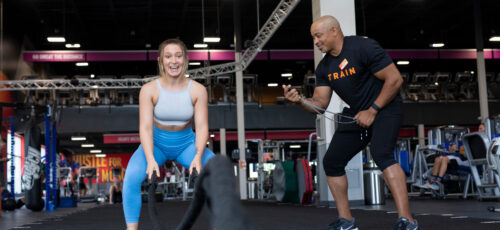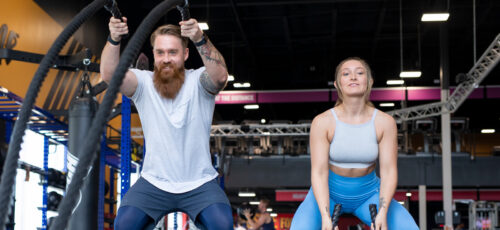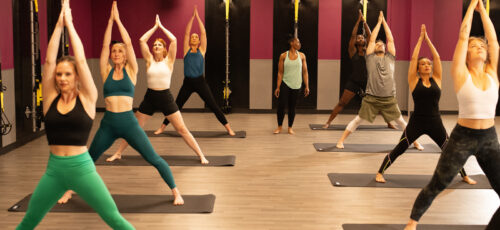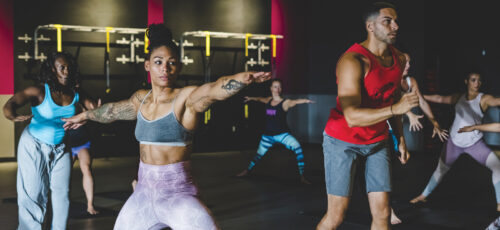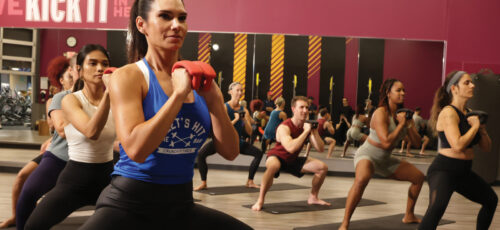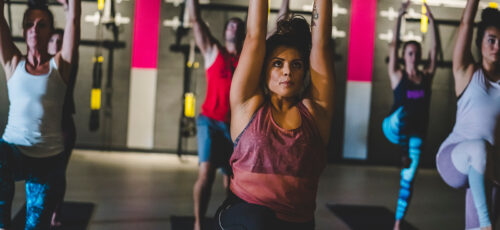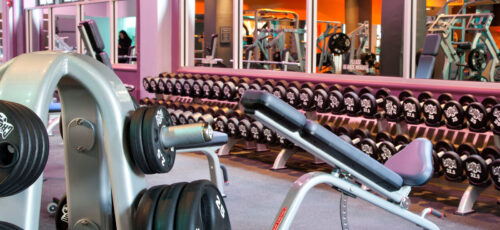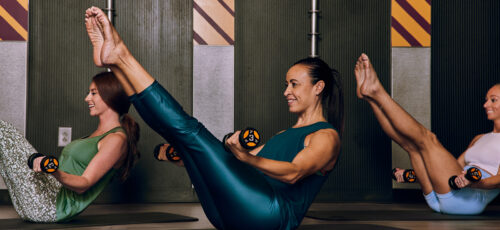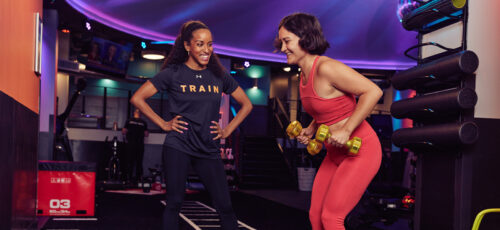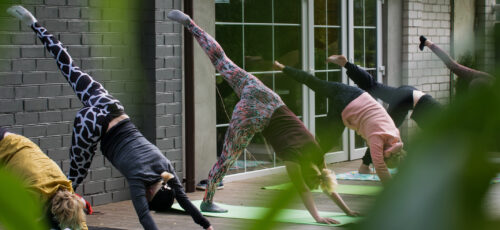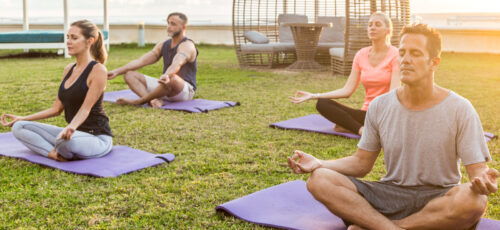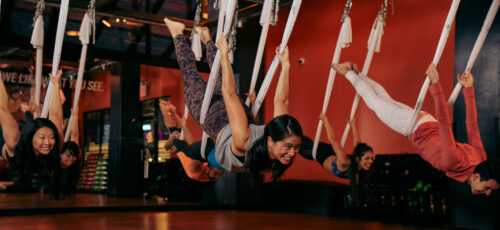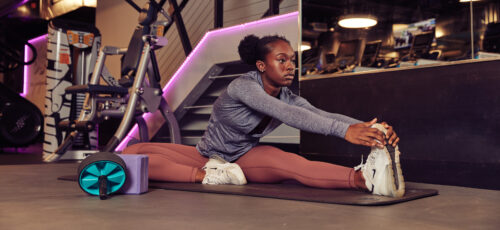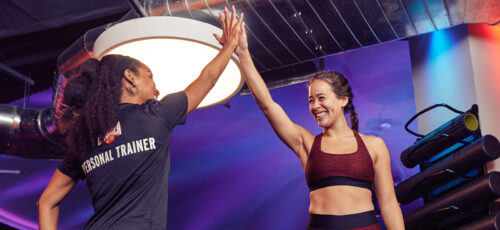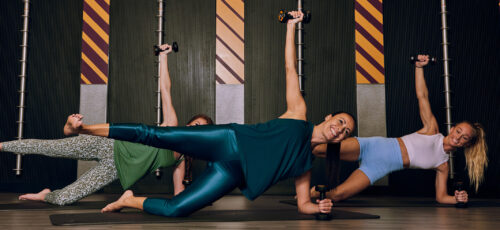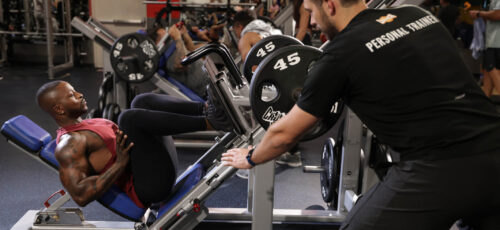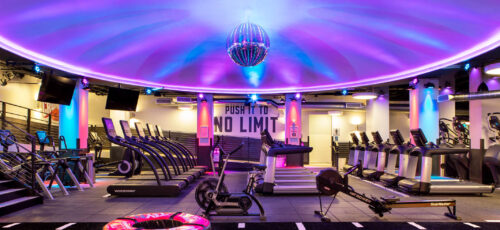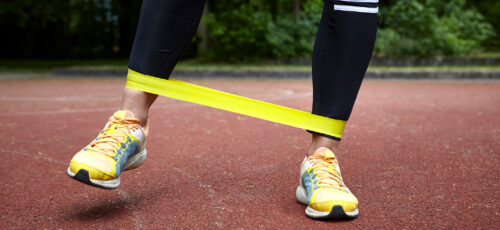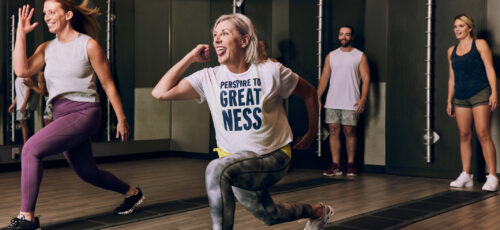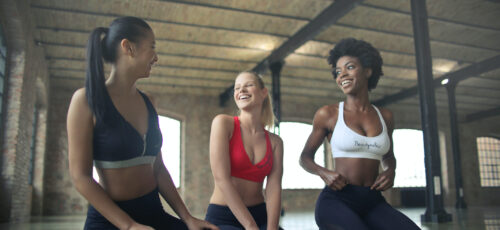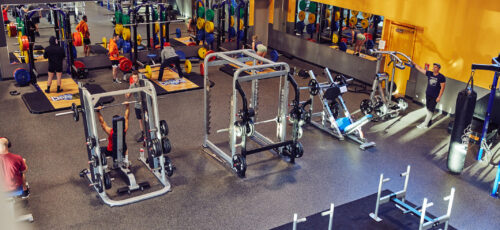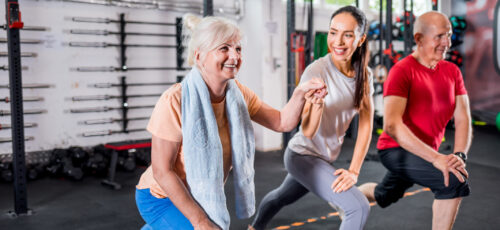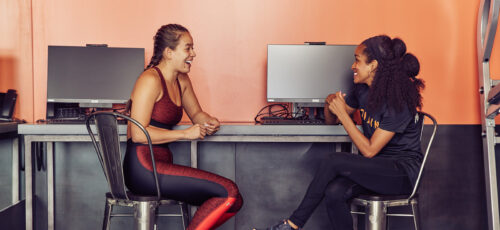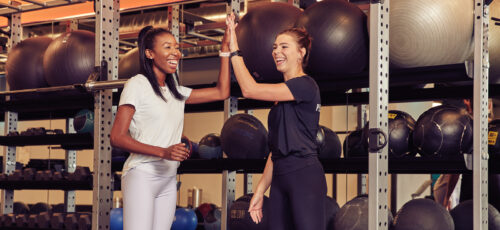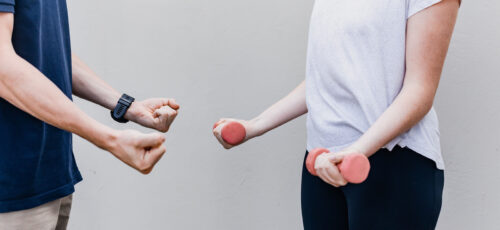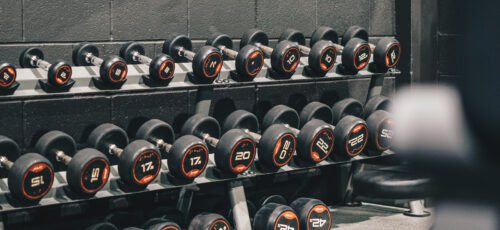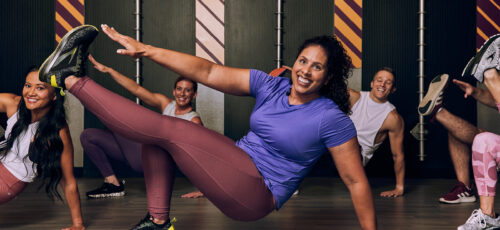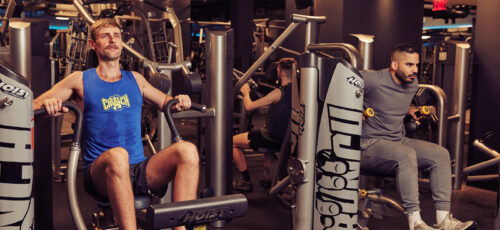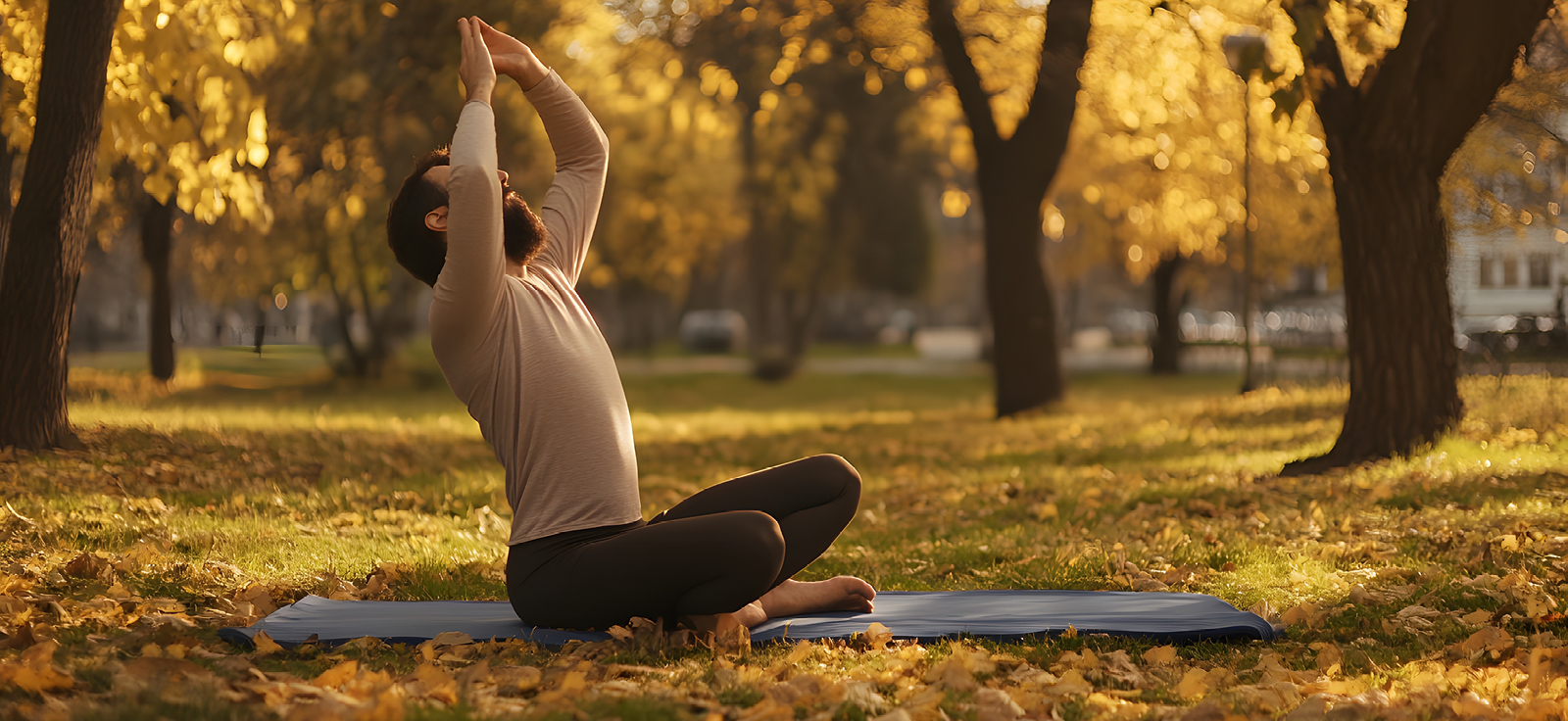
by Mercy Malick
How do you feel about the fall? When the temperatures become cool and the days grow shorter, do you relish the onset of pumpkin spice and sweater weather? Or do you mourn the loss of daylight and long for endless summer? Whichever your preference, the changing of the seasons inevitably comes with a shift in our schedules, if only due to our bodies’ responses to an alteration in daylight. But guess what: that’s great news because that change presents an opportunity for everyone — whether Summer Lovers or Autumn Aficionados — to fall back into fitness!
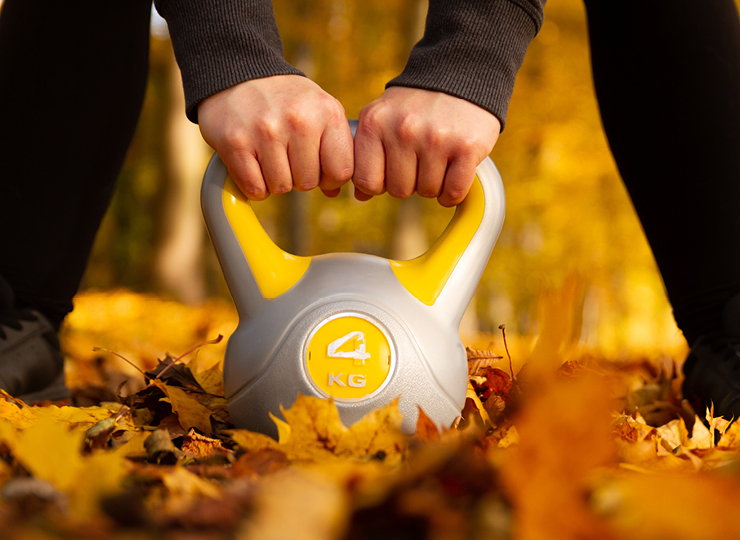
Anytime there’s a shift, there is always an opportunity, and that’s exciting! That’s why when people say change is good, it’s more accurate to say that change can be good if we choose to take advantage of it. I recently ran into a Crunch member who was a group fitness regular in the spring, but I hadn’t seen them much once June rolled around. They said to me, “Oh, I really miss class, but you know how it is. There are always so many events during the summer.” If that’s you, there is no time like the present autumnal shift to ease your way back into your ideal health and fitness!
Yes, I said “ease.” Not jump, not fling, and not catapult, because in my many years of teaching group exercise and coaching various forms of athletic and circus arts, I can absolutely assure you that the people I’ve watched gradually ease their way into fitness have made the solid and lasting change in their bodies and in their lives that most people are looking for, and I hope you are looking for that, too!
So, let’s talk about some ways to “fall into fitness!” Remember that some of these ideas may work wonders for you personally, and others may not, but if you glean one good idea from this article, isn’t it worth reading? I’m really excited about this, so get ready for a lot of exclamation points — let’s go!
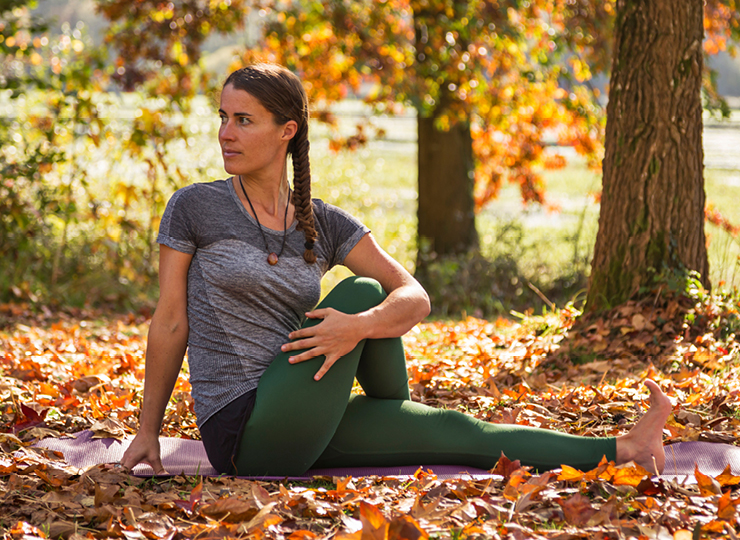
-
Set an initial goal that’s LESS than you think you can achieve!
Does this sound crazy to you? I bet you’ve heard thousands of times, “Shoot for the moon, and you’ll reach the stars!” as an attempt to entice you to aim high. The theory behind this is that you may achieve more than you thought you could if you shoot for something unachievable, but in reality, most people just end up feeling disappointed or demoralized when they fall short of their goal. Set an initial goal that you absolutely know you can achieve, achieve it, and then congratulate yourself! Then, increase that goal just a little bit week-by-week, and keep repeating that process. Don’t forget the part where you congratulate yourself each time because feeling accomplished is the number one reason people stick with a routine, and that is what we’re trying to create!
-
Make a routine that is non-negotiable!
There are myriad effective paths to optimal health and fitness, but one thing is for sure: nothing happens without a routine, and that routine must be nonnegotiable. By that, I mean that you absolutely must decide ahead of time exactly what your athletic activities will be in a given week, and you must firmly commit to checking off all those items before the week is through. Do not let yourself down! Treat your commitment as if you have no other option but to fulfill it. If this sounds militant, remember item #1 above: you are setting very achievable goals and increasing them only incrementally as you go, so this should be simpler than you think. As my amazing fellow Crunch instructor Heinz Altieri always says, “Consistent undertraining beats inconsistent overtraining every time.” Obviously take time to assess how your routine is going, and adjust it according to the feedback you receive from your body.
-
Do not look for or expect dramatic change immediately!
Nothing is less productive than obsessively hopping on the scale, whipping out the tape measure, or panicking over one low-energy day at the squat rack. Give your body time to adjust and assimilate to the things you’re asking of it, and then assess the effectiveness of your plan and adjust accordingly. Always remember: lasting change does take time, so if that’s what you’re looking for (and I hope it is), have patience. Remember that your measurements, weight, skin tone, strength, speed, and general energy levels are dependent upon all sorts of daily fluctuations, including water retention, how much you’ve slept, the quality of that sleep, and your general mood and emotional state at any given time. So, make your assessment from an average sampling of several days, or at least times of the day, before deciding that adjustments are necessary.
-
Make movement a consistent part of your day!
If you currently have a job that keeps you on your feet and moving for most of the day, you may not need this one. However, if you spend extended periods of time sitting at a desk or standing stationary, it can be a big shock to your system to suddenly and abruptly ask your body to engage in exercise. Consider trying this technique that many of my clients who work in offices say helps them tremendously. While at work, set a timer for every 30 minutes, or even better, every 20 minutes. Every time the timer sounds, just stand up and simply walk and/or stretch for a couple of seconds. This is just a couple of seconds! This technique also works wonders while watching TV or reading. The goal is merely to condition your body to view movement as its natural state. You will be absolutely amazed at how much more pliant and less stiff your body will feel at the end of your workday and during your resting activities. No matter what you plan to do after that point, be it a hard workout or a good sleep, absolutely everything is more successful when our bodies are flexible, relaxed, and free of tension.
-
Spread out your workouts!
As discussed in item #4, physical stillness for extended periods of time is not your friend, and neither is a big lump of strenuous activity all at once. By that, I mean that if you think going Monday through Friday with no physical activity at all can be offset by playing four or five hours of pickleball on the weekend, you will be both sorely disappointed in your quest for fitness and vastly more likely to encounter injury in the process. Revisit item #1 and start by committing to just five minutes of strenuous activity a day, and make that a nonnegotiable, as discussed in item #2. Don’t look for instant change (#3), but know that if you’re spreading out your strenuous activity in little bits throughout the week as well as making general movement a part of all aspects of your day (#4), a very dramatic and noticeable change will eventually show up. Plus, it will improve your pickleball game, or whatever else you find fun to do!

-
Do things that are FUN!
If you think of your workouts as drudgery, you’ll do them poorly, infrequently, or not at all. Find a way to get genuinely excited about the opportunity to move your body in ways that are challenging! Maybe for you, that means training for a competition or exhibition. Maybe it means working towards the acquisition of an impressive new physical skill like roller skating, jump rope tricks, or aerial arts. Remember that in the world of health and fitness, you are never too old to learn new tricks! And if all else fails and you still find yourself dreading your workouts, try mentally linking them to something fun or enjoyable you can do immediately afterward. Do you love the sauna? Build in time for that at the end of every visit to the gym, and think of it as part of your workout. Is there a game you love to play on your phone? Reward yourself with some guilt-free game time before you’ve left the building so that your brain associates the fun of playing the game with going to the gym.
-
Remember that optimal fitness requires THREE things: Exercise, Rest, and Nutrition!
From my heart, if there’s one thing you retain from this article, let it be the reminder that no amount of exercise can compensate for either lack of rest/recovery time or poor nutrition, just like food and rest cannot create fitness in the absence of exercise. If your body is getting too much unhealthy food and/or not enough healthy food, fitness will elude you. If you are not allowing or creating enough time for quality rest (both physical and mental) your hard physical work will not yield the results you desire. If you struggle with those areas, try applying tips #1-6 to make incremental changes there, as well: set achievable goals, create routines, be patient, be consistent, space out your meals and your breaks, and find a way to make both food and rest feel like fun!
I hope you found something useful, or at least intriguing to try, in the suggestions above! Remember that you are free to disagree with some or even most of them, and if just one of them works for you, you can take that one and run with it all the way to your own personal best destination! Mostly I hope that you’ll trust me on this fact: with little changes maintained consistently, before you even know it, you’ll have fallen into fitness, and you’ll love it. There’s no time like the present, so let’s go!
Mercy Malick is a Group Fitness Admin. Assistant at Crunch Fitness.
Crunch promotes a culture of positivity, inclusivity, and fun with no judgments by providing an environment for all individuals regardless of their health and fitness goals. Find a Crunch gym near you to try our free trial membership, or join Crunch now. We’re here for you – at the gym or at home. Access the best live & on-demand workouts anytime, anywhere with Crunch+. Ready to get sweaty? Try hundreds of workouts for free! Start your free trial now!












